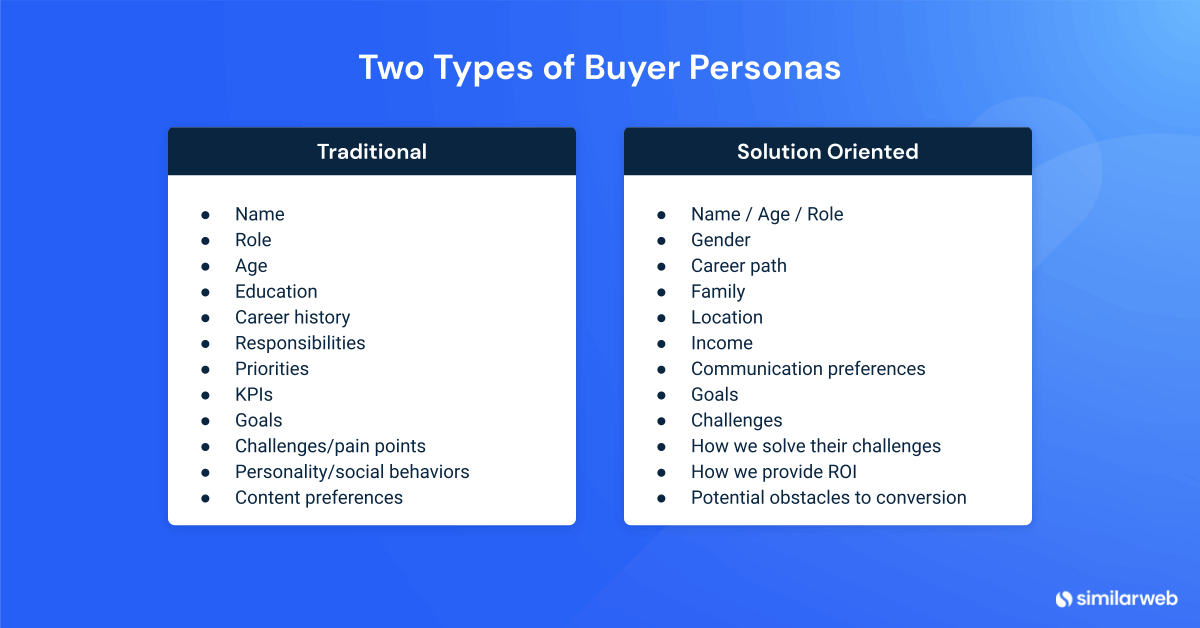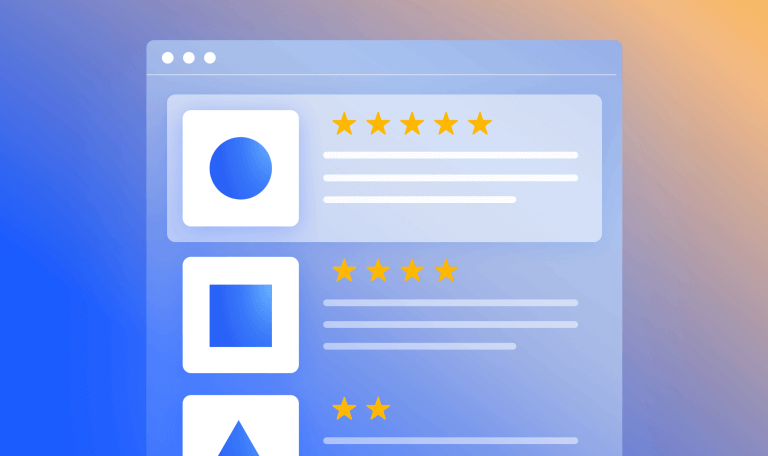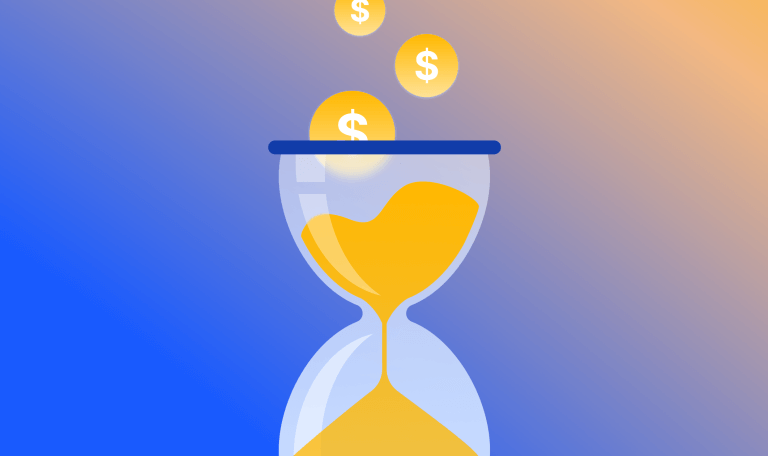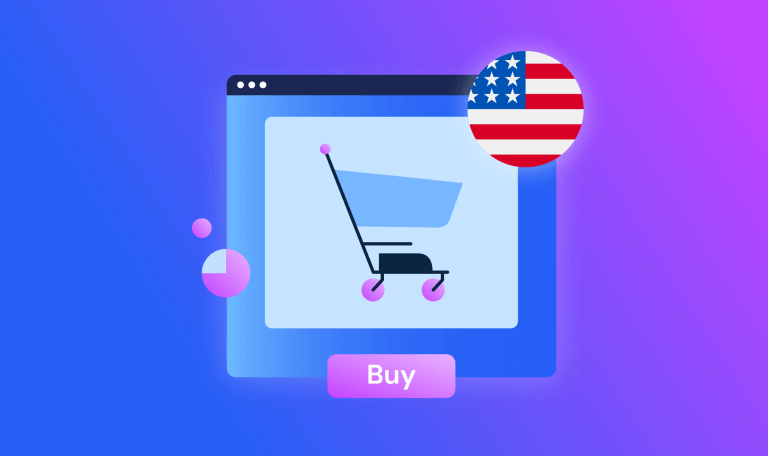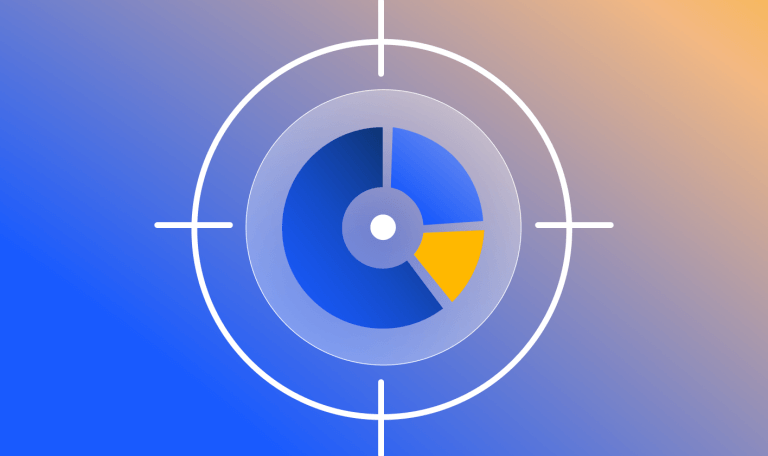Boost Your Sales Process With These B2B Buyer Persona Templates

If you’re looking to boost your sales success, consider this stat:
93% of companies that exceed their lead gen and revenue goals also use B2B buyer personas to guide their marketing and sales prospecting strategies.
And that, my friends, is no coincidence.
Buyer personas are powerful tools that allow your organization to have a better understanding of the individual prospects you want to engage. They help all us marketers and salespeople understand the important stuff, like:
Exactly who they need to target
How to communicate with them
What will drive them to convert
When developed carefully, buyer personas empower you to execute targeted and meaningful inbound marketing and sales outreach strategies that resonate with the right audience.
Keep reading to learn more about buyer personas, browse a few examples, and get your own B2B buyer persona templates to customize.
What’s inside a B2B buyer persona?
A B2B buyer persona is a fictional representation of an individual prospect who works within a company that you determine would make the ideal customer.
It represents the “type” of person you want to target – based on traits like role, decision-making authority, and need.
A well-defined B2B buyer persona includes:
- Demographic and firmographic information
- Role and job responsibilities
- Educational background
- Goals, challenges, and pain points
Some of your buyer personas will have the authority to make purchasing decisions, while others will be “influencers.” No, not the ‘an-Instagram-selfie-a-day ’type of influencer – but the potential users of your product, or their managers, who could have influence on the final decision to buy your product.
It’s important to understand the individual attributes of both types of personas so you can tailor your marketing and outreach in a way that will resonate with them on an individual basis and drive action. Having well-defined buyer personas serves as an effective prospecting tool because it makes it easier to understand which leads to reach out to.
Gaining a deep understanding of who your users and buyers are can also help guide the development of your product or service so your offering caters to all your customer needs.
Some buyer persona templates for you to try
Every company has different needs when it comes to developing buyer personas.
The two buyer persona templates we’ve outlined below require slightly different types of information.While they differ in specifics, both provide a clear picture of who your ideal prospect is and how to appeal to them.
1) The *traditional* buyer persona template
This buyer persona template used in the first two examples below includes all of the standard information fields of a traditional template.
It helps you understand your persona’s main responsibilities, goals, and challenges at work, looking at factors like:
- Name
- Role
- Age
- Education
- Career history
- Responsibilities
- Priorities
- KPIs
- Goals
- Challenges/pain points
- Personality/social behaviors
- Content preferences
2) The *solution-oriented* buyer persona template
This template, shown in the third example below, covers the same demographic and work identifiers as the traditional template, but includes additional fields on how your company can directly serve the persona.
It also includes a section to jot down any concerns that should be considered when dealing with this persona. Knowing your target audience’s ‘non-professional’ information will help you create a marketing strategy that resonates with them.
Think about where they consume content, the types of content they like (podcasts, blogs, videos, etc), and who they are as people, not just their professional title.
- Name
- Gender
- Age
- Role
- Career path
- Family
- Location
- Income
- Communication preferences
- Goals
- Challenges
- How we solve their challenges
- How we provide ROI
- Potential obstacles to conversion
3 B2B buyer persona examples
We’ve said it once and we’ll say it again: every company is different.
Even competitors within the same industry define their ICP (ideal customer profile) according to different criteria.
That’s why, when developing your sales strategy, it’s important to take the time to develop your own unique set of B2B buyer personas.
We wouldn’t recommend just copying and pasting from pre-written B2B buyer persona examples – that won’t allow you to understand the unique attributes of your ideal prospects.
But viewing a variety of B2B buyer persona examples is helpful for understanding what a comprehensive persona looks like for different kinds of prospects.
Consulting some examples can help spark ideas when performing your own research, and help you develop unique personas that best represent the individuals you want to target. Once you have a clear picture of the individuals you will be targeting, it will be far easier to develop relevant and impactful lead nurturing material.
Here are three detailed examples to start with:
Example 1: CIO
Imagine you’re a SaaS company that sells a software solution to enterprise companies.
Because (a) your product is very expensive, (b) there’s a long sales funnel, and (c) it requires large-scale integrations, your top B2B buyer persona is the CIO.
Here’s a B2B buyer persona example for a CIO:
| Name | Julia Berger |
| Role | CIO |
| Age | 35-54 |
| Education |
|
| Career history |
|
| Responsibilities |
|
| Priorities |
|
| KPIs |
|
| Goals |
|
| Challenges/pain points |
|
| Personality/social behaviors |
|
| Content preferences |
|
Example 2: Knowledge worker
Now imagine you’re a company that sells a project management platform to all kinds of companies.
Although a department leader or VP will ultimately be the one to sign off on a deal, one of your key personas is the potential user your platform would serve. He or she is an influencer who could appeal to their bosses to adopt this software.
Here’s a B2B buyer persona example of a knowledge worker:
| Name | Ben Smith |
| Role | Content marketing writer |
| Age | 25-35 |
| Education |
|
| Career history |
|
| Responsibilities |
|
| Priorities |
|
| KPIs |
|
| Goals |
|
| Challenges/pain points |
|
| Personality/social behaviors |
|
| Content preferences |
|
Example 3: VP of Customer Experience
For our last B2B buyer persona example, imagine your company provides a data integration platform that gives companies a 360-degree view of their customers.
This is a sophisticated solution that can be integrated with hundreds of apps in order to collect all relevant customer data.
Your ideal persona is the most senior leader overseeing customer experience:
Family
- Married with two children
| Name | Sara Cohen |
| Gender | Female |
| Age | 35-45 |
| Role | VP of Customer Experience |
| Career path |
|
| Location |
|
| Income |
|
| Preferred methods of communication and content |
|
| Goals |
|
| Challenges |
|
| How we solve their challenges |
|
| How we provide ROI |
|
| Potential obstacles to conversion |
|
Strengthening your B2B buyer persona process
To create a successful B2B buyer persona, the details you include must be grounded in reality.
And when it comes to your target customer’s pain points, how do you know what their current challenges are truly likely to be?
That’s where using a great digital intelligence tool comes in.
Similarweb Sales Intelligence offers unrivaled visibility into your ICP, making it the ideal workhorse for developing robust buyer personas.
With real-time traffic and engagement data for more than 100 million websites, Similarweb’s insights allow you to instantly identify the most relevant prospects based on your company’s specific criteria.
By gaining access to data such as revenue, traffic volume and trends, technologies used, geographic visitor distribution, demographics, and firmographics, you can easily improve the accuracy of your buyer personas.
This, in turn, translates to greater targeting precision, more on-point content marketing, and more tailored, resonant outreach during sales prospecting.
Exceed your marketing and sales goals with B2B buyer personas
There’s a reason marketing and sales teams that base their efforts on B2B buyer personas achieve such optimal results.
Taking the time to understand the individuals you’re targeting – including their background, responsibilities, goals, and even personality types – gives you a major advantage when developing marketing campaigns, lead nurturing strategies, and sales prospecting strategies.
With buyer personas, the chances that your content, as well as the way you target prospects, will be successful significantly increase.
The key to making it happen in your organization is having the right buyer persona framework, as well as tools that help you uncover important information about your prospects.
With the examples and templates provided above, you will gain the necessary foundation to guide your own research and develop robust buyer personas.
And with the help of Similarweb Sales Intelligence, you can easily discover valuable insights on your prospect companies, as well as individual decision-makers within them.
To find out exactly how Similarweb Sales Intelligence will work for you and your business, book a demo.
Boost your consultative selling impact
Try Similarweb Sales Intelligence today — free of charge
